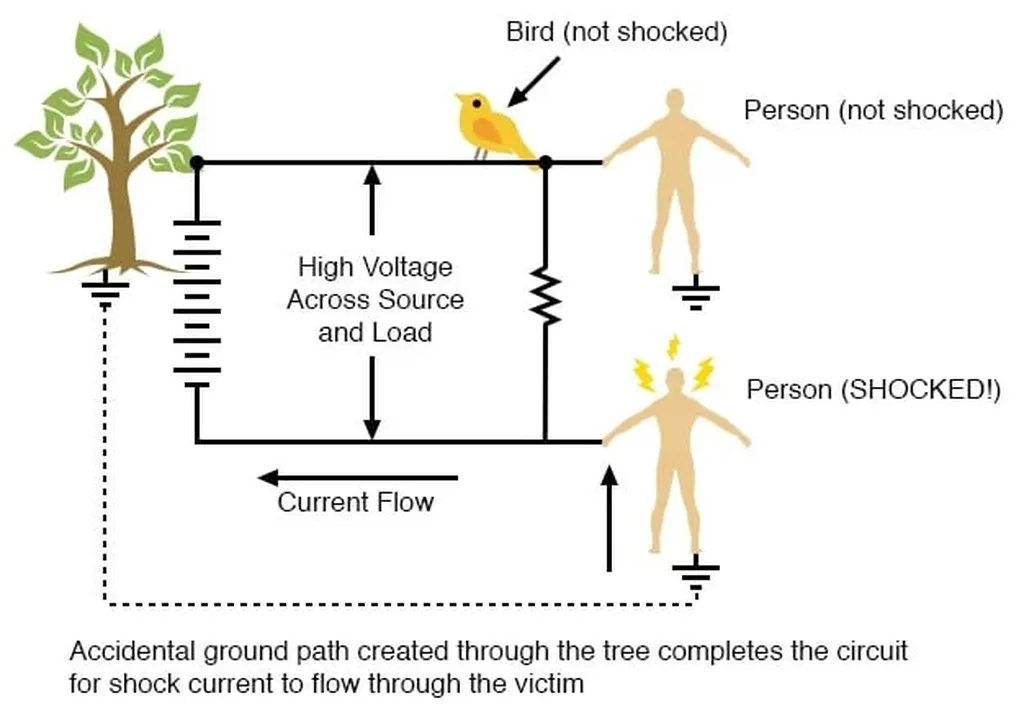In the realm of electrical safety, particularly within the energy sector, understanding the nuances of human electric shock currents is paramount. A recent study published in the Journal of Mining Science (矿业科学学报) by YUAN Guangzhong of State Power Investment Group Inner Mongolia Energy Co., Ltd., delves into this critical area, offering insights that could reshape safety protocols and system designs in low-voltage frequency converter IT power supply systems.
The research tackles a longstanding challenge: calculating the Root Mean Square (RMS) value of human electric shock currents in systems where pulse-modulated waves are present. Traditional methods often fall short, but YUAN’s innovative approach leverages the Laplace transform to establish a piecewise linear model (PLM). This model allows for a transient analysis of electric shock currents on both the input and output sides of frequency converters.
“Our goal was to provide a more accurate and reliable method for assessing electric shock risks in these systems,” YUAN explained. “By understanding the distribution parameters, carrier frequency, output frequency, and load on the output side, we can better characterize the influence of electric shock currents.”
The study’s findings are significant. The magnitude of human electric shock currents is positively correlated with the capacitance distributed on each side of the frequency converter and the carrier frequency. However, it shows little relationship with the output frequency of the frequency converter and the load connected to the output side. These insights could lead to more informed design choices and safety measures in the energy sector.
The research also involved constructing a MATLAB/Simulink simulation model to validate the theoretical analysis. The simulation results confirmed the correctness of the proposed method, providing a robust foundation for future applications.
The implications of this research are far-reaching. For the energy sector, it offers a pathway to enhance safety protocols and system designs, ultimately reducing the risk of electrocution accidents. As YUAN noted, “This method can be applied to various low-voltage frequency converter IT power supply systems, not just those in open-pit coal mines.”
The study, published in the Journal of Mining Science (矿业科学学报), translates to English as the Journal of Mining Science, underscores the importance of continuous innovation in electrical safety. As the energy sector evolves, so too must our understanding of the risks and how to mitigate them. YUAN’s research is a step in that direction, offering a new lens through which to view and address the challenges of electric shock currents in complex systems.
In an industry where safety is paramount, this research could shape future developments, ensuring that as we advance technologically, we also advance in our commitment to protecting those who work with and around these systems. The journey towards safer, more reliable energy systems is ongoing, and this study is a notable milestone along the way.

